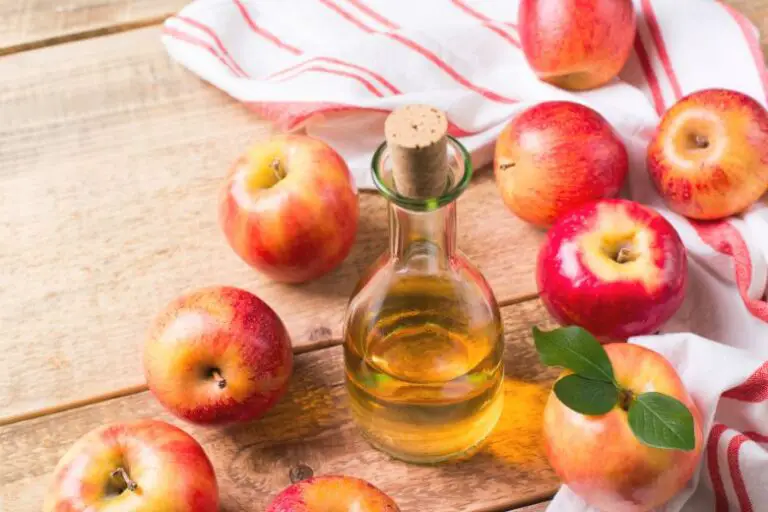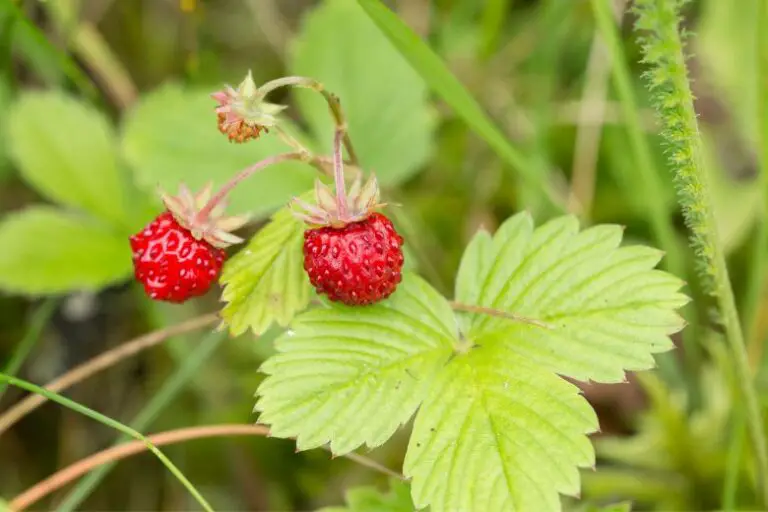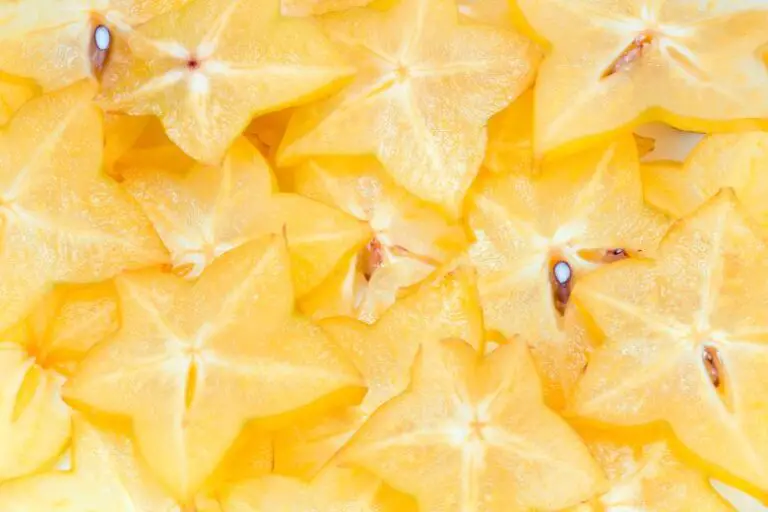Does White Wine Come from Green Grapes
White wine, often associated with elegance and sophistication, has been a beloved beverage for centuries. But let’s unravel the mystery surrounding its origins – the green grapes that hold the secret to its creation.
The Basics of Winemaking
Winemaking is an intricate dance between nature and human intervention. It’s a delicate process that requires careful attention to detail at every step.
Understanding Grape Varieties
Grapes come in an array of colors, each contributing to the unique character of the wine they produce. The color of the grape doesn’t always align with the wine it creates.
The Role of Grape Color
The color of a grape is determined by its skin, while the juice inside is typically clear. This means that even red or purple grapes can produce white wine if the juice is separated from the skin early in the winemaking process.
Green Grapes: A Closer Look
Green grapes, often referred to as white grapes, are a common choice for crafting white wines. Varieties like Chardonnay, Sauvignon Blanc, and Pinot Grigio all originate from these seemingly humble yet versatile grapes.
From Vine to Bottle: Crafting White Wine
The journey from grape to glass is a meticulous one. Each stage contributes to the final product that we savor.
Harvesting at the Right Time
The timing of the grape harvest plays a pivotal role in the wine’s acidity, sweetness, and overall flavor profile.
Gentle Grape Pressing
After harvest, the grapes undergo a gentle pressing to extract the juice. For white wine production, the juice is quickly separated from the skins and seeds to prevent color transfer.
Fermentation Magic
Yeast is the unsung hero of winemaking. It consumes the grape sugars and converts them into alcohol, giving us the magical elixir we adore.
Aging Gracefully in Oak Barrels
Oak barrels provide white wine with unique flavors and textures. The aging process can vary from a few months to several years, adding complexity to the final taste.
The Spectrum of White Wines
White wines span a wide range of profiles, from zesty and citrusy to rich and buttery.
Crisp and Zesty: Sauvignon Blanc
Sauvignon Blanc, known for its vibrant acidity and herbal notes, is a testament to the refreshing qualities of white wine.
Buttery and Luxurious: Chardonnay
Chardonnay, often aged in oak barrels, boasts a creamy mouthfeel and flavors that can range from tropical fruits to buttered toast.
Aromatic Delight: Gewürztraminer
Gewürztraminer dazzles with its exotic aromas of lychee, rose petals, and spices, making it a unique and captivating white wine variety.
Debunking the White Wine Myths
Let’s dispel some common misconceptions about white wine.
Myth: White Grapes Make White Wine
As we’ve discovered, white wine can indeed come from grapes of various colors, including green.
Myth: All White Wines Taste the Same
White wines are incredibly diverse, offering a wide array of flavors to suit different preferences and occasions.
Food Pairing with White Wine
Pairing white wine with the right dish can elevate both the meal and the wine experience.
Seafood Sensations
The delicate flavors of seafood are beautifully complemented by the acidity and freshness of white wines.
Heavenly Harmony with Cheese
Cheese boards and white wine make for a match made in culinary heaven, with each sip and bite enhancing the other’s nuances.
The Art of Serving White Wine
Proper serving techniques can enhance the enjoyment of white wine.
Temperature Matters
Serving white wine at the right temperature allows its true flavors to shine.
Glassware Elegance
The choice of glassware can influence how the wine interacts with your senses.
White Wine’s Culinary Uses
White wine isn’t just for drinking – it’s a fantastic ingredient in cooking.
Enhancing Flavors in Cooking
White wine can be used to deglaze pans, add depth to sauces, and enhance the overall flavor profile of a dish.
Wine Sauces and Reductions
Creating wine-based sauces and reductions can take your culinary creations to the next level.
The Intriguing World of Organic and Biodynamic White Wines
Organic and biodynamic practices are gaining traction in the winemaking world, influencing the way white wines are produced.
The Sustainability Factor
Winemakers are increasingly embracing sustainable practices, contributing to a greener and healthier future.
Unveiling the Health Benefits
Moderate white wine consumption has been linked to various health benefits.
Antioxidant Richness
White wine contains antioxidants that can contribute to overall well-being.
Heart Health and Beyond
Some studies suggest that white wine consumption may have positive effects on heart health.
Popularity and Global Impact
White wine’s popularity is undeniable, with a global reach that spans cultures and cuisines.
Exploring the Sparkling Whites
Sparkling white wines bring effervescence and celebration to any occasion.
Effervescent Charm: Prosecco
Prosecco’s light bubbles and fruity notes make it a go-to choice for toasts and festivities.
Elegance in Every Bubble: Champagne
Champagne’s unparalleled elegance and association with luxury have made it synonymous with special moments.
Conclusion
Next time you raise a glass of white wine, remember the journey that humble green grapes undergo to become the liquid art that graces your palate. From vine to bottle, every step is a testament to the craftsmanship and dedication of winemakers.







